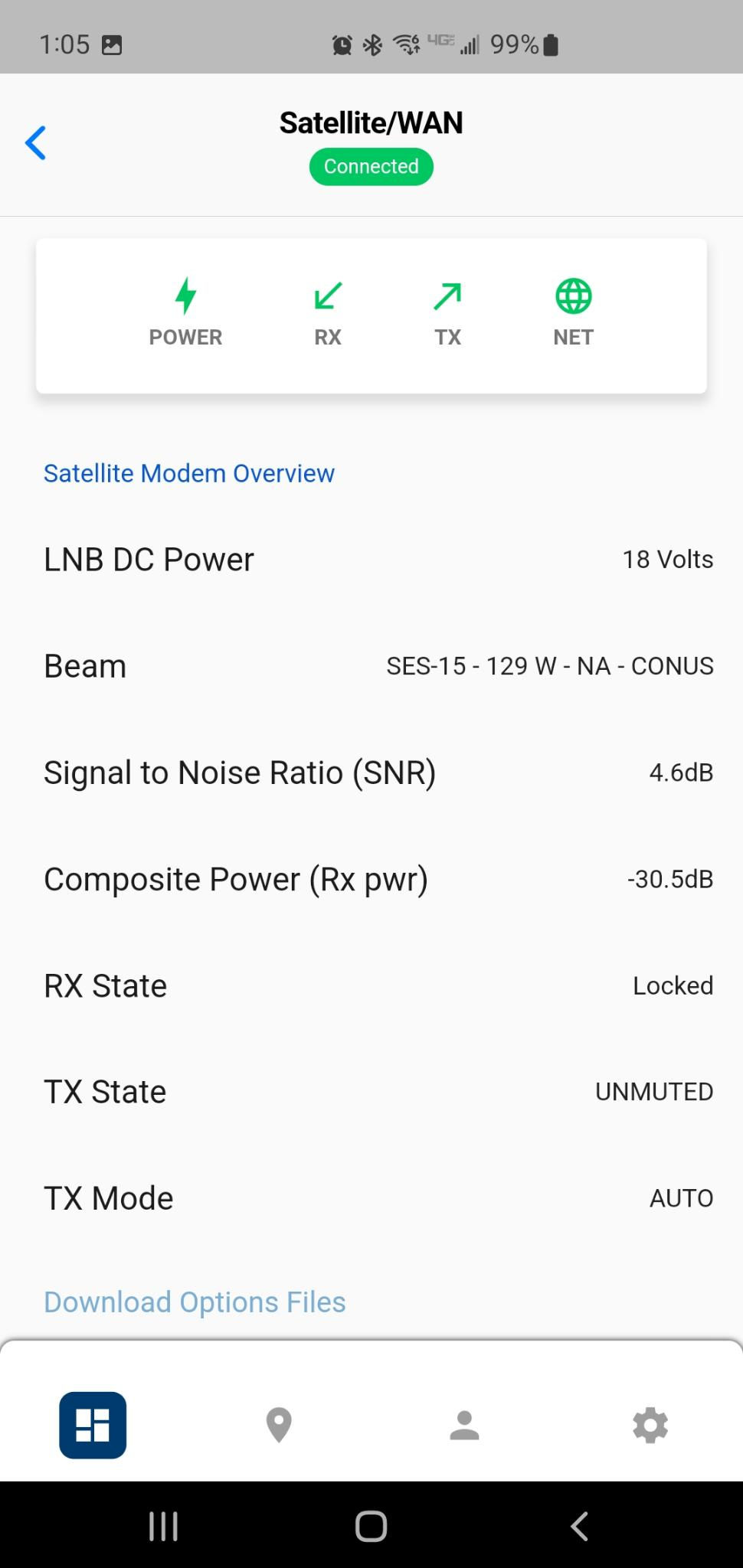Increasing Cyberattacks on U.S. Energy Infrastructure: A National Security Imperative
- Dr. Patrick Fullerton

- Feb 22
- 4 min read

Chief Executive Officer at OPTAC-X
January 9, 2025
The Permian Basin in West Texas, which produces approximately 40% of the United States’ domestic oil, has become a focal point for these escalating threats
Overview
Cyberattacks targeting the U.S. energy sector have surged over the past year, threatening critical infrastructure, economic stability, and national security. The Permian Basin in West Texas, which produces approximately 40% of the United States’ domestic oil, has become a focal point for these escalating threats. This analysis examines the origins, impact, and implications of cyberattacks on the U.S. energy sector, highlighting the increasing sophistication and frequency of these incursions both domestically and internationally.
Rising Threats to the Energy Sector In 2024, the U.S. energy sector experienced an alarming 70% increase in cyberattacks, according to Check Point Research. On average, utilities faced 1,162 attacks per week through August 2024, compared to 689 weekly attacks in 2023. These intrusions are not merely statistical; they represent significant risks to operational stability and economic viability.
Domestic Origins of Cyber Threats Domestically, cyberattacks often stem from opportunistic actors and disgruntled insiders. These attacks frequently target outdated systems, unsecured remote access points, and poorly protected operational technology (OT) networks. Hackers exploit vulnerabilities in legacy infrastructure to disrupt operations or exfiltrate sensitive data. Recent reports have also highlighted the role of ransomware groups operating within U.S. borders, often leveraging widely available hacking tools to launch sophisticated attacks.
International Threat Vectors Outside the continental United States (OCONUS), foreign state-sponsored actors and cybercriminal syndicates pose the most significant threat to the U.S. energy sector. Nations such as Russia, China, Iran, and North Korea are frequently implicated in cyber operations targeting critical infrastructure. These adversaries aim to undermine U.S. economic strength and destabilize its energy supply chain. For instance, Russia-backed hacking groups have employed advanced persistent threat (APT) techniques to infiltrate OT networks, while Chinese actors have focused on intellectual property theft.
Economic and Operational Costs The financial ramifications of these cyberattacks are staggering. The energy sector reported an average cost of $4.72 million per data breach in 2022. Operational shutdowns following ransomware attacks typically last six days, surpassing the average five-day downtime experienced by other industries. High-profile incidents, such as the 2021 Colonial Pipeline ransomware attack—which led to a $4.4 million payout—underscore the crippling economic impact of these breaches. Beyond ransom payments, companies incur additional expenses related to system restoration, legal liabilities, and reputational damage.
National Security Implications The concentration of energy production in the Permian Basin magnifies the national security risks associated with cyberattacks. Disruptions to this critical hub could ripple across the nation, affecting energy prices, supply chain stability, and public safety. Cyberattacks on energy infrastructure have the potential to paralyze sectors reliant on consistent energy supplies, including transportation, manufacturing, and healthcare. The vulnerabilities exposed by these attacks demand immediate attention from policymakers and industry leaders.
Mitigating Cyber Threats with OPTAC-X OPTAC-X, as a service provider, offers advanced next-generation cybersecurity solutions tailored for the oil and gas industry. Leveraging our proprietary Software-as-a-Service (SaaS) platform, OPTAC-X integrates cutting-edge threat detection, real-time monitoring, and predictive analytics to safeguard critical infrastructure in the Permian Basin and beyond.
Our platform is designed to mitigate the unique vulnerabilities of operational technology (OT) networks within the energy sector. By employing advanced artificial intelligence and machine learning algorithms, OPTAC-X can proactively identify and neutralize cyber threats before they escalate into operational disruptions. Additionally, our software ensures seamless interoperability with existing systems, minimizing downtime and optimizing recovery efforts in the event of an attack.
Moreover, OPTAC-X deploys a next-generation secure hybrid LTE/SATCOM MILSPEC and TRANSEC global communication infrastructure. This advanced system enables secure and reliable communication for energy firms operating in remote regions like the Permian Basin. By integrating LTE and satellite technologies with military-grade encryption and transmission security (TRANSEC), OPTAC-X ensures uninterrupted communication even during cyber incidents, enhancing operational resilience and disaster recovery capabilities.
Specifically, in the Permian Basin, OPTAC-X is partnering with energy firms to implement comprehensive cybersecurity frameworks, including endpoint protection, encryption protocols, and incident response planning. These measures not only enhance resilience but also reduce the financial and operational impact of cyber incidents. OPTAC-X’s solutions exemplify a proactive approach to securing America’s energy future.
Recommendations
Enhanced Cybersecurity Measures: Energy companies must invest in robust cybersecurity frameworks, including real-time monitoring, employee training, and multi-layered defense strategies.
Public-Private Collaboration: Collaboration between government agencies and private energy firms is essential to sharing threat intelligence and developing coordinated responses.
Legislative Action: Policymakers should strengthen regulations mandating the protection of critical infrastructure and allocate funding for cybersecurity initiatives.
International Cooperation: The U.S. must engage in diplomatic efforts to deter state-sponsored cyber activities and foster global norms for cyber conduct.
Conclusion
The surge in cyberattacks on the U.S. energy sector underscores an urgent need for a comprehensive response. Addressing this multifaceted challenge requires collaboration across government, industry, and international partners. By fortifying its defenses, the United States can safeguard its energy infrastructure and maintain its position as a global economic leader. With solutions like those offered by OPTAC-X, including our secure hybrid LTE/SATCOM MILSPEC and TRANSEC communication infrastructure, the energy sector can achieve a new standard of security and resilience.
Bibliography
Check Point Research. (2024, September 11). Cyberattacks on U.S. utilities surged 70% this year. Reuters. Retrieved from https://www.reuters.com
Kyndryl. (2023). Navigating cybersecurity in the energy sector. Energy Digital. Retrieved from https://energydigital.com
Wikipedia. (2021). Colonial Pipeline ransomware attack. Retrieved from https://en.wikipedia.org
Trend Micro. (2022). Oil and gas cybersecurity trends and threats. Retrieved from https://www.trendmicro.com
Dr. Patrick Fullerton is a Harvard-trained business executive, emergency medicine physician with a background in mechanical engineering and global telecommunication design for industry. With over 20 years of experience, he is a visionary innovator who has leveraged technology to enhance operational efficiency and compliance across various sectors.




Comments